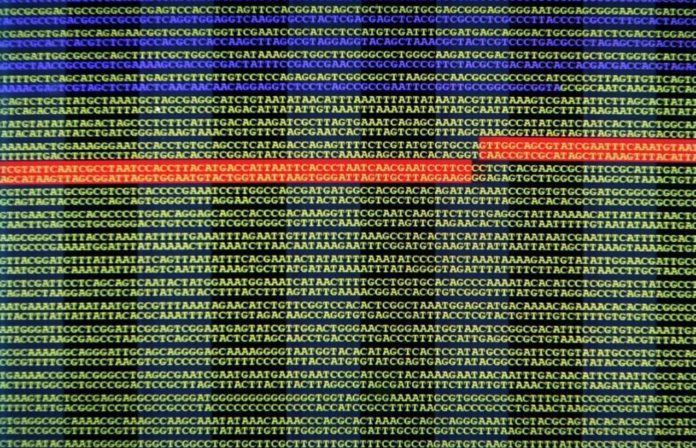The complete human genome is made up of six billion base pairs that encode biological information.
Scientists from the Telomere-to-Telomere (T2T) Consortium have obtained information about 8% of the human genome.
It is noted that in 2003, after 13 years of research on the Human Genome Project, the first sequencing of the human genome took place, which was recognized as a breakthrough in science. However, then the genome could not be deciphered completely.
“The Telomere-to-Telomere (T2T) Consortium has finished the first truly complete 3.055 billion base pair (bp) sequence of a human genome, representing the largest improvement to the human reference genome since its initial release,” explained the research team in a yet to be a peer-reviewed study published in the preprint server bioRxiv.
- Does This Mean We Stopped Being Animal and Started Being Human Due to ‘Copy Paste’ Errors?
- The One Lifestyle Choice That Could Reduce Your Heart Disease Risk By More Than 22%
- Aging: This Is What Happens Inside Your Body Right After Exercise
- Immune-Boosting Drink that Mimics Fasting to Reduce Fat – Scientists ‘Were Surprised’ By New Findings
- Gun Violence in America: What They Don’t Talk About at the Debate
Telomere-to-Telomere has now completed the creation of the first complete sequence of 3.055 billion genome base pairs.
The genome is the sum of all DNA and mitochondrial DNA sequences in a cell. It combines all the instructions you need to survive and reproduce.
They are made up of blocks and thus encode biological information.
So, it became known that the size of the human genome is six billion base pairs.
“The complete, telomere-to-telomere assembly of a human genome marks a new era of genomics where no region of the genome is beyond reach. Prior updates to the human reference genome have been incremental and the high cost of switching to a new assembly has outweighed the marginal gains for many researchers. In contrast, the T2T-CHM13 assembly presented here includes five entirely new chromosome arms and is the single largest addition of new content to the human genome in the past 20 years,” wrote the researchers.
“This 8% of the genome has not been overlooked due to its lack of importance, but rather due to technological limitations. High accuracy long-read sequencing has finally removed this technological barrier, enabling comprehensive studies of genomic variation across the entire human genome. Such studies will necessarily require a complete and accurate human reference genome, ultimately driving adoption of the T2T-CHM13 assembly presented here,” they added.
This was reported by ZME Science.
Image Credit: Getty
